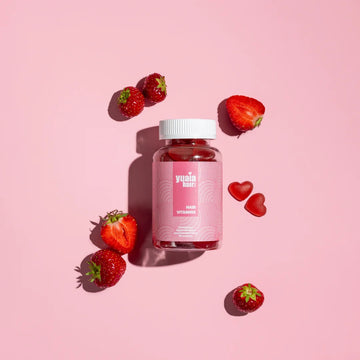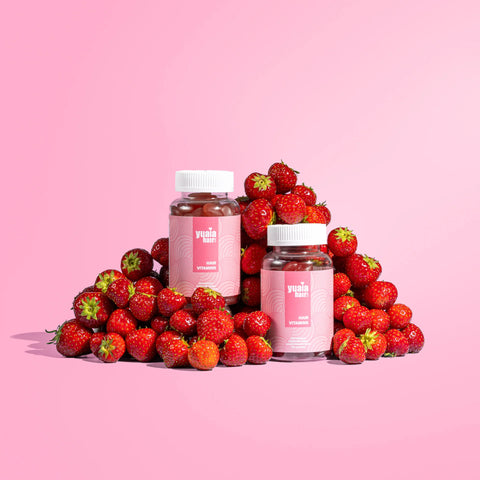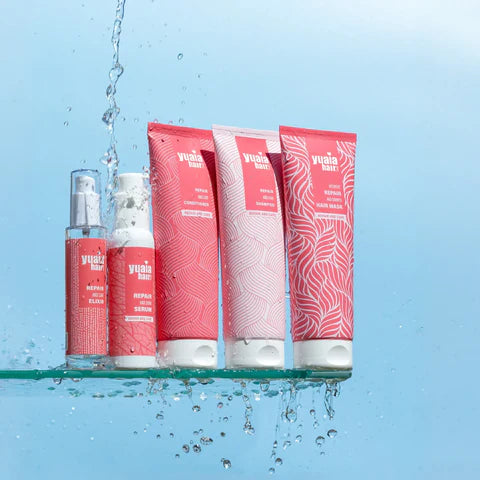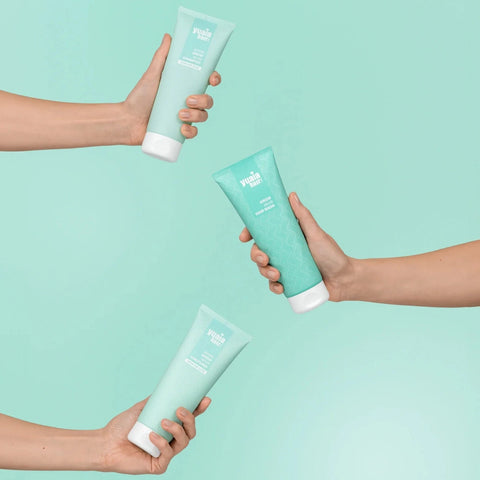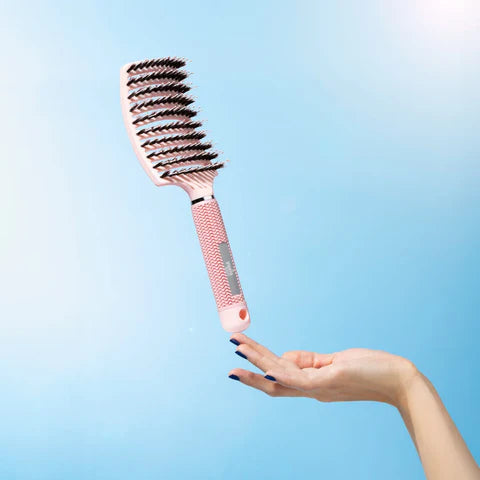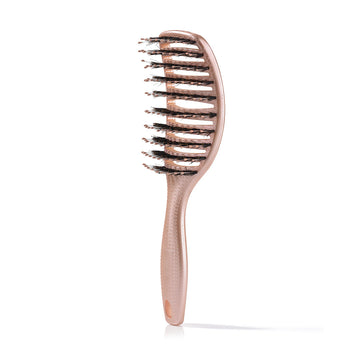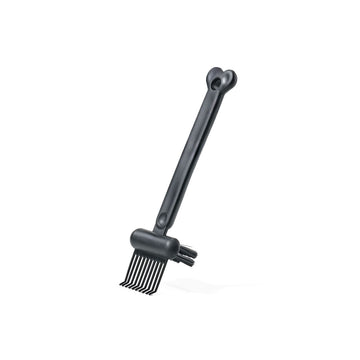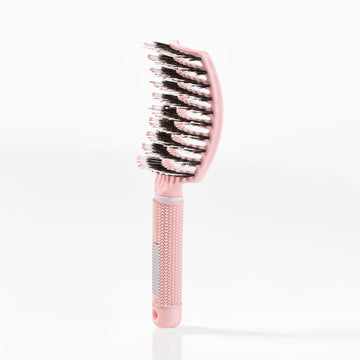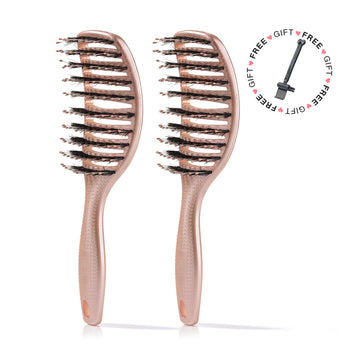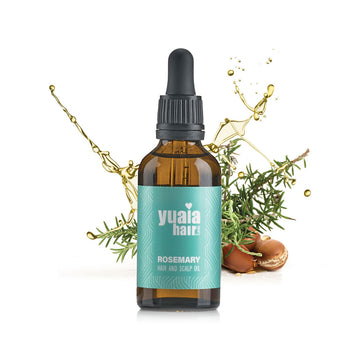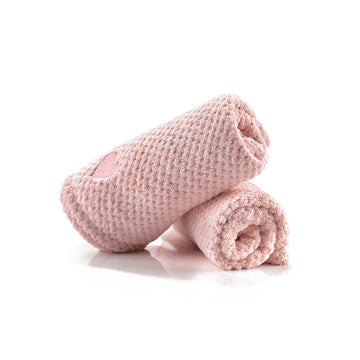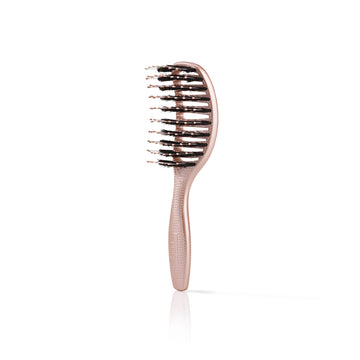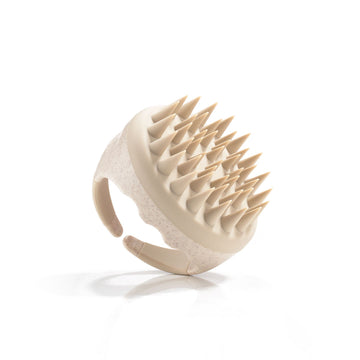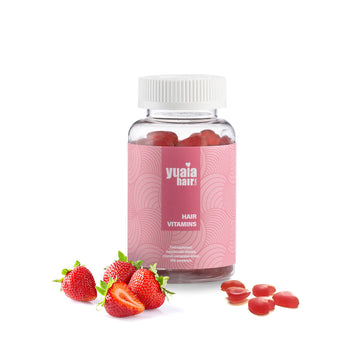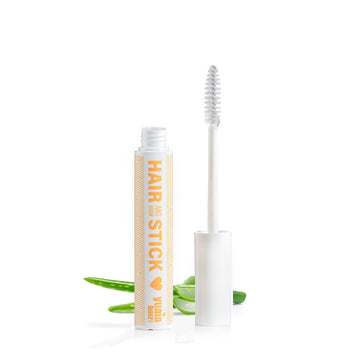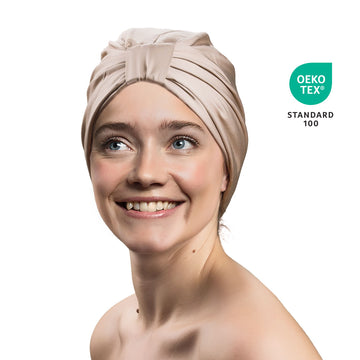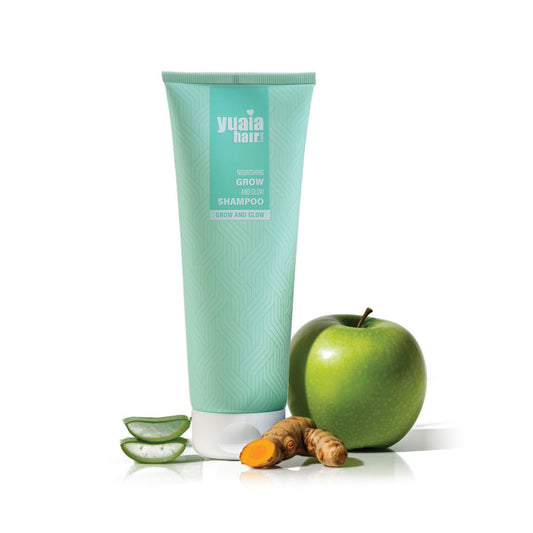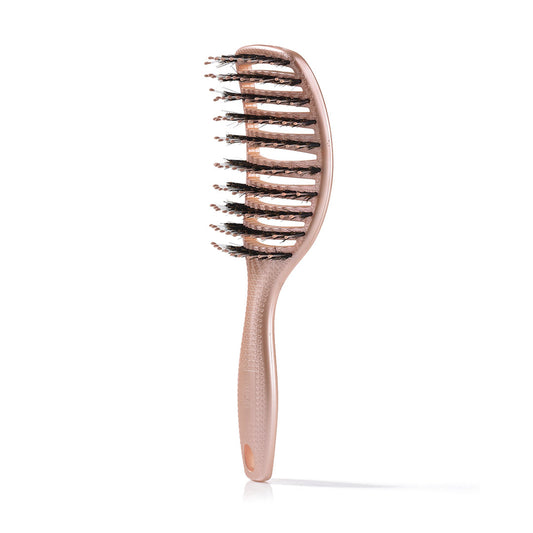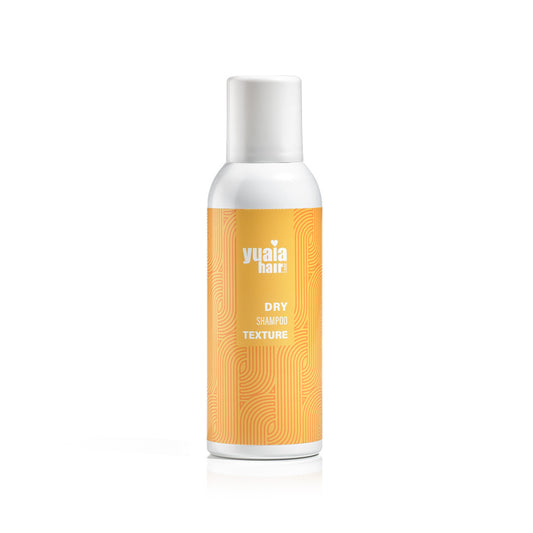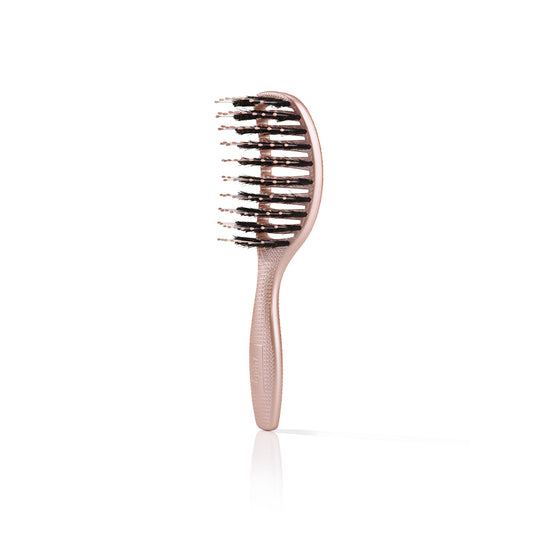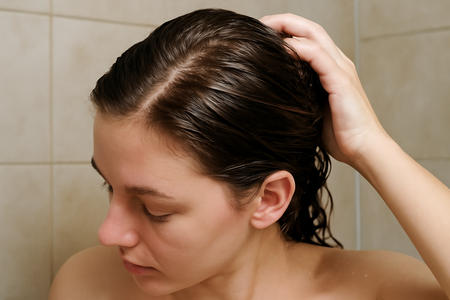
Exploring the causes of greasy roots
When your roots look greasy after washing, it can be perplexing. Understanding the underlying causes is essential for addressing this common issue effectively. Let's delve into some factors that may contribute to this dilemma.
The role of sebum: Why it matters
Sebum is a natural oil produced by the scalp's sebaceous glands, playing a crucial role in maintaining hair health by providing moisture and protection. However, when these glands produce excess sebum, it can lead to greasy roots. Factors such as hormonal changes during puberty or menstrual cycles can exacerbate sebum production, making the scalp oilier than usual. Additionally, conditions like seborrhea, which may require medical attention, can lead to chronic excess oil production.
Hair care habits: Are you contributing to the greasiness?
Your hair care routine might be inadvertently contributing to greasy roots. Overwashing your hair can strip it of natural oils, prompting the scalp to produce more sebum to compensate. This creates a cycle where the more you wash, the greasier your roots may become. It's also critical to ensure thorough rinsing during washing to remove all product residues. Any leftover shampoo or conditioner can weigh down your roots, giving them a greasy appearance.
When applying conditioner, focus on the ends of your hair rather than the roots. Applying conditioner directly to the roots can add unnecessary oiliness, making your hair look greasy shortly after washing.
Product choices: Are they right for your hair type?
Using the right products for your hair type is essential in managing greasy roots. Opt for shampoos and conditioners that are formulated for oily scalps. Products that are sulfate-free can prevent buildup, which is a common cause of greasy roots. If you're dealing with oily hair, consider using our rosemary hair oil to help balance oil production while adding a nourishing touch to your hair care routine.
Styling products and hair care accessories can also impact the greasiness of your roots. Ensure that your styling tools are clean, as unclean tools can transfer oils back to the hair. Regularly cleaning your brushes and combs can prevent this issue. Consider using our Curvy Brush which is designed to distribute natural oils evenly through the hair, reducing the appearance of greasy roots.
Environmental and lifestyle factors
Environmental conditions such as humidity and lifestyle habits like frequent exercise can also contribute to greasy roots. Humidity can increase oil production, while sweating during workouts can make your scalp feel oilier. While it's important to maintain a healthy lifestyle, balancing these factors with appropriate hair care practices can help manage greasy roots.
By understanding these causes and adjusting your hair care routine accordingly, you can tackle the issue of greasy roots effectively. Remember, a healthy diet supports hair health, and choosing the right products tailored to your needs can make a significant difference.
Practical solutions for managing greasy roots
Dealing with greasy roots can be a challenge, but with some practical solutions, it's possible to keep them under control. Here are some strategies to consider:
Adjust your washing routine
One effective method is to gradually extend the time between washes. This allows your scalp to balance its oil production naturally. Over time, your scalp may produce less oil, reducing the greasy appearance of your roots. Additionally, incorporating a rosemary hair oil into your routine can help balance oil production and add nourishment.
Use clarifying shampoos
To combat product buildup, use a clarifying shampoo periodically. This can help remove any residue that may be contributing to the greasiness of your roots. Ensure that you're using a formula that suits your hair type to avoid drying out your scalp.
Maintain tool hygiene
Regularly cleaning your brushes and styling tools is essential. Dirty tools can transfer oils and buildup back to your hair, making your roots appear greasy. Consider using tools like our Curvy Brush, which helps distribute natural oils evenly, reducing the greasy look.
Frequently asked questions
Why does my hair get greasy so quickly after washing?
Hair can become greasy quickly due to factors like excess sebum production, improper rinsing, or using the wrong products. Environmental factors and hair type can also play a role in how quickly your hair appears greasy.
Can diet affect scalp oiliness?
While we do not discuss diet here, it's important to consider that overall lifestyle and environmental factors can influence scalp oiliness. Maintaining a balanced routine can help manage greasy roots.
How can I reduce scalp oil without overwashing?
To reduce scalp oil without overwashing, try using dry shampoo between washes and adjusting your washing frequency. This can help absorb excess oil and extend the time between washes, allowing your scalp to regulate its oil production naturally.
 2-5 day delivery
2-5 day delivery
 25.000+ satisfied customers
25.000+ satisfied customers
 Satisfaction Guarantee
Satisfaction Guarantee

